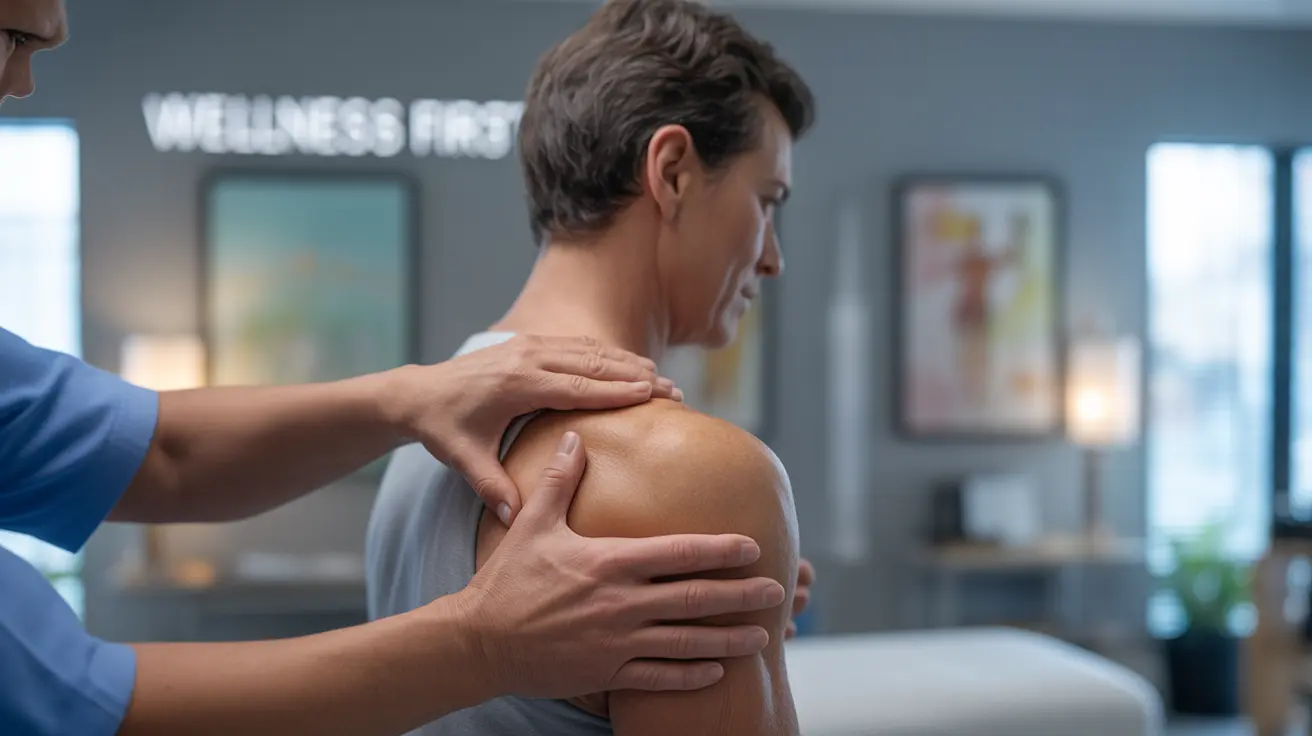Active Release Technique (ART) has gained attention in recent years as a specialized form of soft tissue therapy. As more people seek alternative treatments for musculoskeletal conditions, it's important to understand the scientific basis and effectiveness of this manual therapy approach.
This comprehensive guide examines the evidence behind ART, its applications, and what you should know before considering this treatment option.
Understanding Active Release Technique
Active Release Technique is a patented, hands-on soft tissue treatment method developed by Dr. P. Michael Leahy in the 1980s. The technique involves precisely applied tension combined with specific patient movements to treat problems with muscles, tendons, ligaments, fascia, and nerves.
During an ART session, practitioners use their hands to evaluate the texture, tightness, and movement of muscles, fascia, tendons, ligaments, and nerves. They then work to break down scar tissue and adhesions that may be causing pain or limiting movement.
Scientific Evidence and Legitimacy
While some may question whether Active Release Technique is legitimate or merely quackery, several clinical studies have demonstrated positive outcomes. Research indicates that ART can be effective for certain conditions, particularly those involving soft tissue injuries and chronic pain.
The technique is recognized by many healthcare professionals and is commonly used by chiropractors, physical therapists, and massage therapists who have completed specific certification programs.
Conditions Treated with ART
Active Release Technique has shown promise in addressing various musculoskeletal conditions, including:
- Carpal tunnel syndrome
- Tennis elbow
- Shoulder pain
- Back pain
- Sciatica
- Plantar fasciitis
- Sports injuries
- Repetitive strain injuries
Treatment Process and Effectiveness
During an ART session, the practitioner combines precise manual pressure with specific movement patterns. This approach aims to:
- Release trapped nerves
- Break down scar tissue
- Improve blood flow
- Restore normal tissue texture
- Enhance range of motion
Many patients report improvement after several sessions, though individual results can vary based on the condition being treated and its severity.
Safety Considerations
While generally considered safe when performed by certified practitioners, ART may not be suitable for everyone. Some patients may experience temporary soreness after treatment, similar to what might occur after intense exercise.
It's important to consult with healthcare providers before starting ART, especially if you have certain medical conditions or recent injuries.
Integration with Traditional Medicine
Active Release Technique often works best as part of a comprehensive treatment approach. Many practitioners recommend combining ART with traditional medical treatments, physical therapy, or other complementary therapies for optimal results.
Frequently Asked Questions
Is active release technique considered a legitimate treatment or is it quackery?
Active Release Technique is a legitimate treatment method supported by clinical experience and some scientific research. While more extensive studies are needed, many healthcare professionals recognize its value in treating soft tissue conditions.What conditions and injuries can active release technique help relieve?
ART can help with various conditions including carpal tunnel syndrome, tennis elbow, back pain, shoulder problems, sciatica, sports injuries, and repetitive strain injuries. It's particularly effective for conditions involving soft tissue dysfunction.How effective is active release technique for reducing pain and improving range of motion?
Many patients report significant improvements in pain levels and range of motion after ART treatment. Success rates vary depending on the specific condition, but studies have shown positive outcomes for many musculoskeletal issues.Are there any risks or side effects associated with active release technique?
While generally safe, some patients may experience temporary soreness after treatment. Rare complications can occur, particularly if the technique is performed by an untrained practitioner. It's important to work with a certified ART provider.Should active release technique be used alone or alongside conventional medical treatments?
ART typically works best when integrated with conventional medical treatments. A comprehensive approach that combines ART with other appropriate therapies often provides the most beneficial outcomes for patients.




